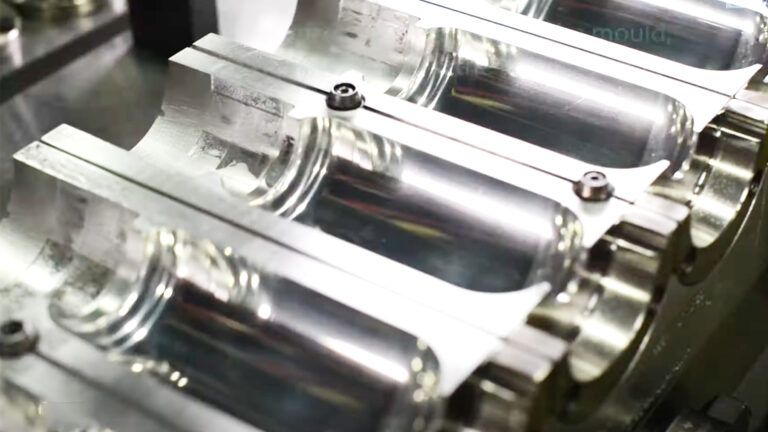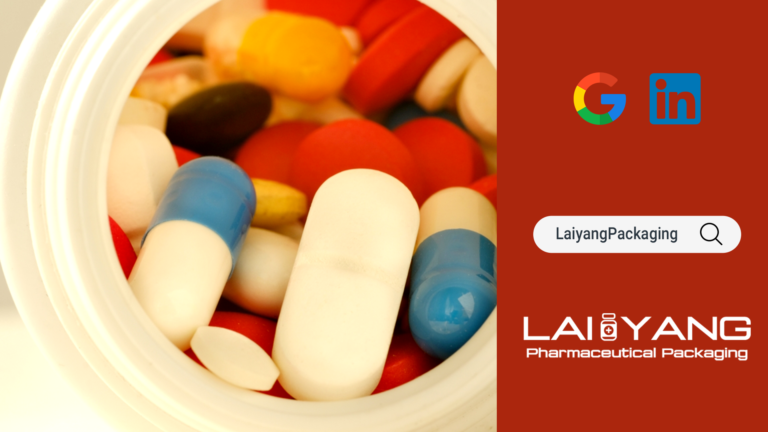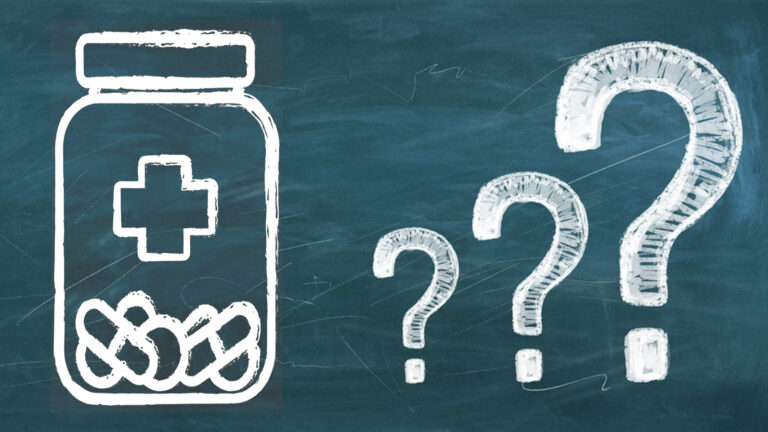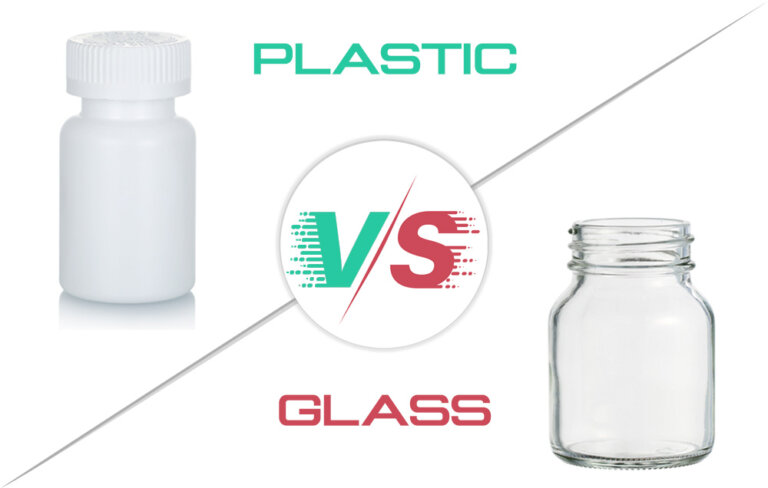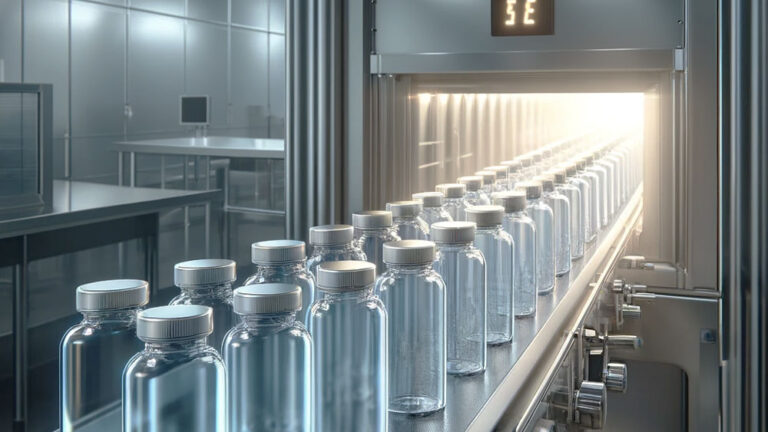In the realm of pharmaceuticals, packaging is not merely the outer garment of a product but a guardian of drug safety and efficacy. Every tablet and every bottle of liquid medication relies on meticulously designed packaging to maintain its integrity and potency. This issue goes beyond mere protection and preservation; it directly relates to patient safety. The design and selection of pharmaceutical packaging influence every stage of a drug’s journey from the production line to the patient’s hands. It serves as the first line of defense for medication safety and a critical medium for information transmission. In this article, we delve deeply into the dual roles of pharmaceutical packaging, revealing how it bridges drug safety and patient welfare. Through this perspective, we not only gain a better understanding of the importance of pharmaceutical packaging but also recognize its key role in ensuring medical safety.
Definition and Characteristics of Primary Packaging
Primary packaging is the first layer of protection that comes into direct contact with the medication. The design of this packaging layer is crucial as it directly affects the safety and effectiveness of the drug. Examples of primary packaging include sealed blister packs for tablets, vials for injectables, and sealed bottles for liquid medications. These packaging types not only prevent contamination but also protect the drug from environmental factors such as light, oxygen, and moisture.
Definition and Characteristics of Secondary Packaging
Secondary packaging provides a second layer of protection around the primary packaging and typically carries more branding and informational functions. Common examples of secondary packaging include cardboard boxes and plastic packaging for drugs, which not only offer additional physical protection but also convey essential medication information, ingredient lists, and usage instructions. Moreover, secondary packaging plays a crucial role in the market presentation and consumer recognition of pharmaceutical products.
Differences Between Primary and Secondary Packaging
Although the primary and secondary packaging share the common goal of protecting the drug and conveying information, they differ in their functions. Primary packaging is in direct contact with the drug, focusing on maintaining its integrity and stability; while secondary packaging concentrates on providing additional protection, enhancing brand recognition, and facilitating patient identification. The collaboration between these two levels of packaging ensures the safety and integrity of the drug from manufacturing to the end-user.
Examples of Primary Packaging
Vials
Vials are plastic or glass containers commonly used to store solids, liquids, or powders. Unlike test tubes, vials typically have a flat bottom and a larger capacity, suitable for storing multiple doses of medication. Their sealing methods vary, including screw caps, press-on caps, or plastic stoppers.
Ampoules
Ampoules are small sealed glass containers used for packaging liquid medications. They are usually flame-sealed to ensure sterility and shelf life. Ampoules are designed for easy opening while protecting the liquid medication from air and other contaminants.
Blister Packs
Blister packs are pre-formed packaging made of plastic, paper, or aluminum foil, specifically for solid dose forms like tablets and capsules. They provide individual packaging units to ensure accurate and safe dosing of medications.
Sterile Packaging
Sterile packaging is used to ensure the sterility of medications and medical devices, commonly seen in injectables and surgical supplies. This packaging is made from materials like high-density polyethylene and polypropylene to ensure product safety and hygiene.
Sachet Packaging
Sachet packaging is a small sealed package typically used for powdered medications. Usually disposable, they are made from materials like plastic and are easy to tear open by hand.
Metals
Metal packaging is often used for gel-type medications. Due to the potential reactivity of metals with medications, materials like tin-plated steel or tin are commonly used for their low reactivity.
Plastic Bottles
Plastic Bottles are the most common form of pharmaceutical packaging, suitable for solid tablets, capsules, and liquid medications. They are easy to label and identify, typically appearing in light brown or orange to protect the contents from UV light.
Glass Bottles
Glass bottles, known for their excellent barrier properties, are commonly used for storing liquid medications. The chemically inert nature of glass provides effective protection for the medication, often fitted with child-safe closures. Amber glass bottles are frequently used to prevent UV light damage to the medication.
Complementarity of Primary and Secondary Packaging
Primary and secondary packaging function complementarily to provide comprehensive protection and information transmission for pharmaceuticals. Primary packaging, in direct contact with the drug, is responsible for physical and chemical protection, ensuring the safety and stability of the medication. In contrast, secondary packaging offers additional physical protection while also carrying the responsibility of conveying usage information, warnings, ingredients, and brand marketing. Together, they not only protect the medication from external damage but also ensure that consumers receive essential medication information and correct usage instructions, thereby safeguarding the drug’s effectiveness and patient safety.
Conclusion
In the world of pharmaceuticals, packaging is more than just a simple container; it is a key factor in ensuring drug safety and efficacy. The right packaging strategy can significantly enhance the overall value of a medication, protecting it from physical and environmental factors while ensuring that crucial medical information is accurately conveyed to the consumer. Effective pharmaceutical packaging solutions should consider the characteristics of the medication, the needs of patients, and market demands to create a safe and effective drug use experience. As technology evolves and patient needs change, innovation in pharmaceutical packaging will continue to be a key area of progress and optimization in the medical industry.





